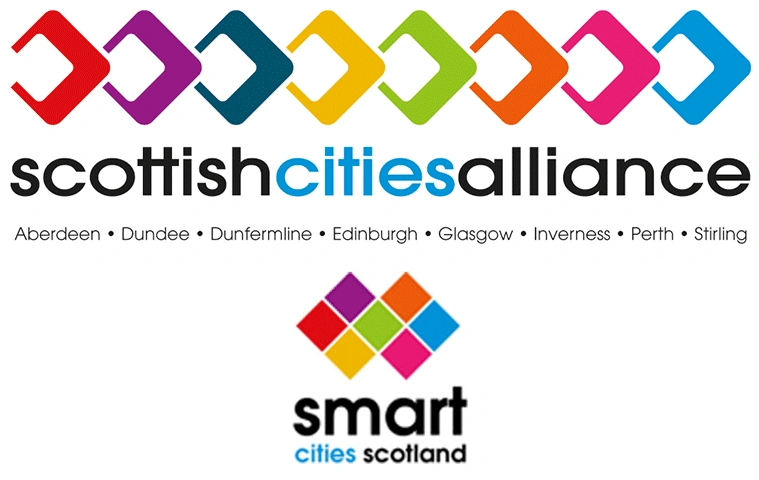The Scottish Cities Alliance’s Smart Cities work continues as the Scotland’s 8th City – the Smart City programme has progressed more than 29 co-designed projects to date. These projects are making Scotland’s cities more attractive, sustainable, liveable and resilient through the use of data and digital technologies.

The Smart Energy Stirling project is being delivered as one of the 29 projects in
‘Phase 1’ of the European Regional Development Fund (ERDF) grant enhanced by Scottish cities match funding (including Scottish Cities Alliance ‘Cities Investment Fund’) to create a £24.1M programme of Smart City projects across all cities.
The Smart Energy Stirling project aims to address energy consumption challenges by developing an Integrated Smart Energy Management System to monitor energy consumption across 30 of the council’s buildings with the highest energy use.
This new management system will enable integration of all the council’s energy monitoring systems into one platform: the Energy Hub provides near real-time information within 30 minutes. This central energy management hub will monitor and review peak energy use, adjusting room temperature through a central control system.
Energy data gathered will require detailed analysis to monitor building energy use and to identify opportunities where energy efficiency and reductions in energy consumption can be made.
Stirling Council’s main aims are to reduce energy bills and CO2 emissions.
The Challenge:
Prior to this project, the Council’s energy management systems were on different platforms. Energy monitoring was retrospective as dependency was on monthly reports or historic comparisons and so identifying and dealing with problems as they occurred proved challenging.
Intended Outcomes:
This project will assist Stirling Council to achieve its key Sustainable Development priority to reduce carbon emissions through reduced energy use, improved energy efficiency, and by changing attitudes and behavior towards energy consumption, both by council employees and stakeholders, through a clearer understanding of energy used across the more urban areas of Stirling.
These changed behaviours will help the council to deliver a more challenging energy reduction target; up from 6% to a 10% reduction in annual energy use and costs that would also allow resources to be transferred to core services.
Improved energy efficiency within council public buildings using smart technology will create a flexible, efficient, demand-responsive energy system.
Action/Approach Taken:
In support of the council’s Sustainable Development Strategy and Energy Policy to reduce carbon emissions, energy bills and fuel poverty across the area, comprehensive audits of public buildings were carried out and the highest energy consuming properties identified.
In addition, consultations also took place with organisations and cities – who had, or were in the process of, delivering similar Smart City projects – to share knowledge and lessons.
Once this information was gathered, bespoke solutions for each facility were designed to bring them up to the desired standard. This will help monitor energy use and identify appropriate actions, whether that be retro-fitting or introducing energy efficiency measures across Council buildings, to reduce energy consumption.
Results:
The project isn’t due for completion until June 2019. Through delivery of the project the Council aims to meet an increased target of 10% reduction in annual energy usage and costs, which is an increase on its’ current target of 6% reduction.
Next Steps:
Stirling Council will evaluate data and information generated by the Energy Hub against set objectives to develop a baseline for ongoing monitoring. Targets will be set in response to information collected and trends identified, while awareness of reduced energy use through behaviour change will be promoted to Council employees and wider stakeholders.
The intention is to migrate all the Council’s public buildings onto this new platform to further improve accessibility and monitoring of energy use.
